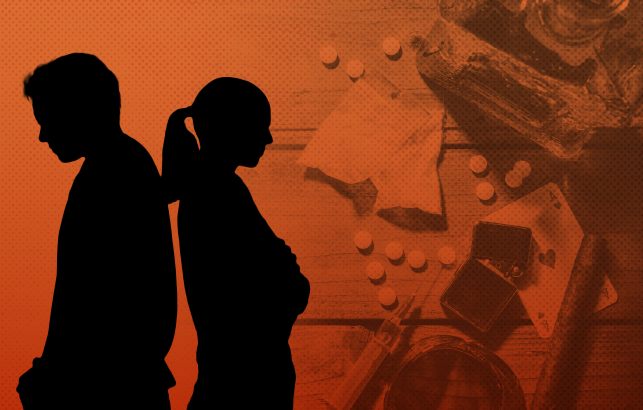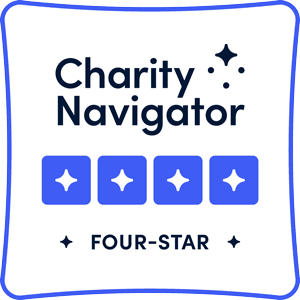At Solutions for Change, we encourage all of our students to embrace their independence and confidently take control of their lives. We also value the essential role communities and support systems play in helping people overcome life’s greatest challenges. In order to truly overcome, we must own our independence and trust in the relationships that build us up.
Healthy, loving, supportive relationships allow us to step into our autonomy because they uplift us and make our lives better. Our Solutions Academy courses teach that positive relationships should be freeing, not constricting.
There is a difference, however, between supportive relationships and relationships that enable unhealthy behaviors. When two or more people allow each other to maintain destructive tendencies, their relationship becomes codependent. Codependency is the enemy of freedom and progress in friendships, families, marriages and other relationships.
To build up trusting, supportive communities, our students learn to stop codependent behaviors. Today, we want to share the basics of codependency—what it is, how it keeps people trapped in bad situations and how to overcome it. When we see codependency in our lives, we can make a conscious effort to create relationships that hold us accountable, make us happy and let us build our independence.
What is codependency?
According to the Addiction Center, codependency is a relationship that seems caring and functional but perpetuates and enables a loved one’s irresponsible or destructive behavior. On the outside, a codependent relationship may seem normal, but people with codependent tendencies are often in relationships with abusive or substance abusing individuals. Codependency can affect ALL relationships, not just romantic ones. It affects parents, children, families, friends, and even coworkers
Some codependents may feel that taking care of people who need it most gives them a sense of worth. Codependents are usually motivated to care for people in distress because they lack self-esteem, and they hope their efforts will earn them gratitude. The codependent member of the relationship will help cover up their partner’s addiction or abuse as a way to keep their partner safe from consequences and maintain the positive image of their relationship.
What does codependency have to do with substance use?
Codependent relationships frequently form when one member of the relationship is battling a form of substance use. The individual with the addiction needs the other person to care for them and cover up for them. And the other person derives a sense of self-worth from supporting their partner.
Together, they perpetuate their unhealthy habits and never escape the cycle of addiction. Sometimes, all members of a codependent relationship are managing substance use. Sometimes, codependency shows up in emotionally or physically abusive relationships with the involvement of substances. But it is relatively common for there to be a level of codependency in relationships with substance use, because codependency is an efficient way to protect an addiction.
How do codependent relationships keep people stuck in The Churn?
The key to staying in a codependent relationship is to never challenge the status quo. And these codependent connections are so hard to break because all parties are getting something they want out of the relationship—no matter how destructive the relationship is.
The Churn—a cycle of hardship and temporary fixes that keeps people stuck in poverty—allows codependency to thrive. When no one wants to change their current relationship dynamics, they won’t escape the cycle of struggle they’re in. Codependent behaviors can carry The Churn down through generations, and people must forge healthier connections in order to overcome The Churn.
How can we overcome codependency to build healthier relationships?
The two keys to moving past codependency are trust and accountability. We must trust our loved ones to have our best interest at heart when they are holding us accountable. And we must trust that our loved ones will still care for us when we call them out on unhealthy behaviors.
Little by little, those who scraped by in codependent relationships can build their trust and find people who truly want them to thrive. One of the biggest hurdles to overcoming The Churn is unlearning codependent behavior. But we’ve seen so many Solutions Academy students absolutely bloom with self-esteem when they start to forge trusting relationships. Nothing compares to a caring, growth-minded community. And if that’s what you need, you’ll find it at Solutions for Change.
Want to learn more about how Solutions Academy is lifting people out of The Churn? Come see for yourself by volunteering for our programs and learning how we are turning lives around.


